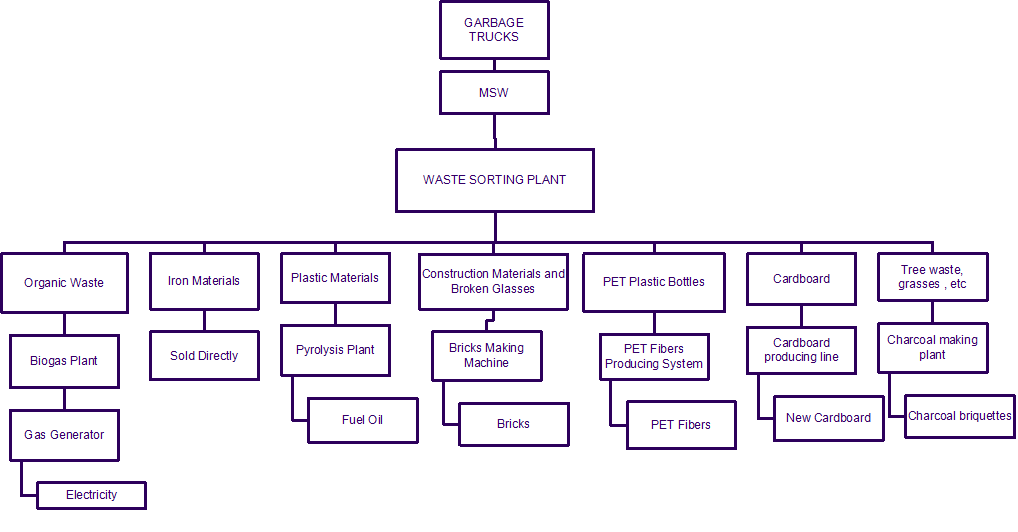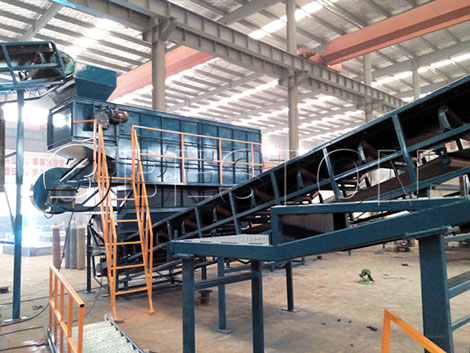Urban solid waste is a blanket term used to refer to the different types of garbage that are collected from homes and businesses in a specific urban region. The various types of garbage that fall under this broad umbrella are broken down into a number of smaller classifications. Some of those classifications include the following or visit Beston Group.

Classification Of Urban Solid Waste
– Recyclable products. Products or materials that can be recycled and used again fall into this category. Some examples include waste products that are made out of certain types of plastic, metal, glass, or paper. For instance, cardboard boxes, aluminum cans, and glass food jars can all be recycled, meaning that the materials that they are made out of can be broken down and reused to make brand-new products.
– Biodegradable materials. This classification is reserved for materials that naturally break down through processes like composting or anaerobic digestion. For instance, food waste falls into this category, as do some types of paper that can’t be recycled. Yard waste, which is also known as green waste, is also included under this classification (clasificacion de los residuos solidos urbanos). This includes things like grass clippings, leaves from trees, and small branches.
– Electronic waste. This rapidly growing category of waste includes electronic devices and other waste products that run on electricity. Some examples include cell phones, old TVs, light bulbs, old appliances, desktop computers, laptops, and CD players. This classification is also frequently referred to as e-waste. Some products that fall into this category are refurbished. Others are taken apart for their materials or components. Many are simply broken down and disposed of.

Garbage sorting machine
– General rubbish. General household waste that doesn’t fall into the other categories is usually classified as rubbish. This includes items like clothing, non-recyclable plastics, and ceramics.
– Hazardous waste. This classification is reserved for materials that are potentially hazardous to people, animals, or the surrounding environment. It includes things like certain types of paint, various cleaning chemicals and fertilizers, and some types of light bulbs.
– Toxic waste. Materials that fall into this classification (proceso de separacion de basura) are more dangerous than those that are labeled as hazardous waste. Examples of items that may be classified under this category include pesticides and herbicides.
– Biomedical waste. In most urban areas, hospitals and research facilities that conduct medical procedures generate potentially infectious waste that is classified as biomedical. This includes items like needles, bandages, and gloves, as well as biological materials like blood and organs.
– Construction waste. Any construction or demolition-related debris is usually classified in its own category. This can include wooden boards, bricks, concrete, dirt, and rocks, as well as other types of building materials.